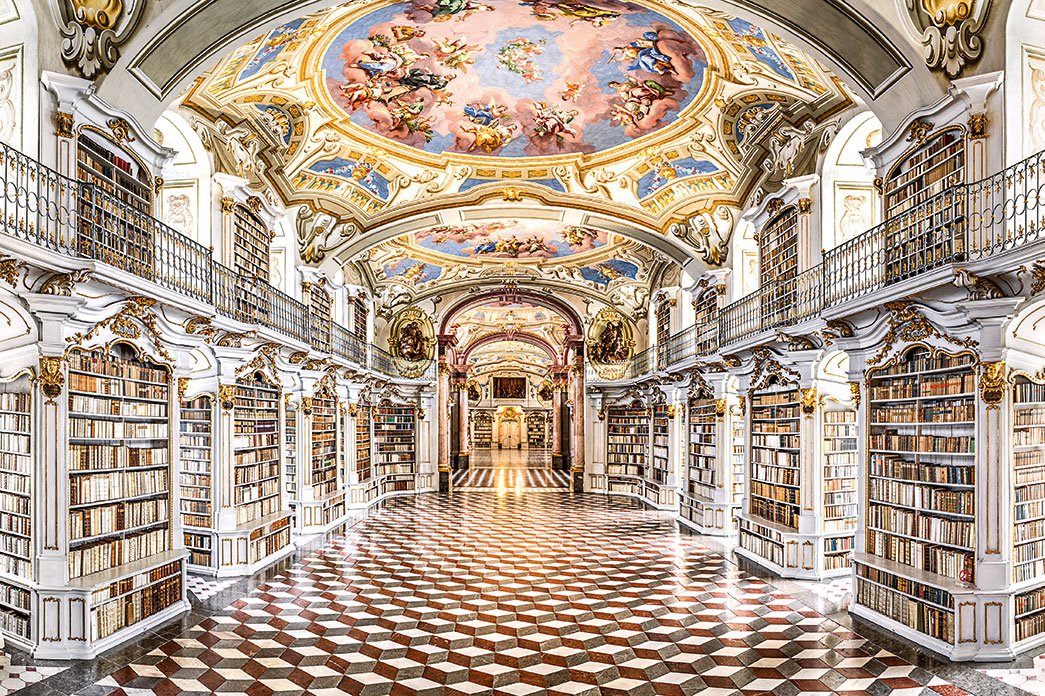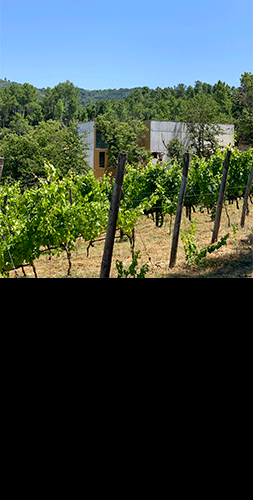
Austria has much more than the Tyrolean Mountains, or the lakes of Salzkammergut, or the elegance of Vienna. To the south of the country, in a region packed with natural wonders, known as Styria, there is a truly remarkable Benedictine monastery/abbey. It is located in the town of Admont, on the banks of the River Enns, and was founded in 1074 by Archbishop Gebhard of Salzburg. Many centuries of Ora Et Labora have made it one of the most important monastic centres in the region, a compendium of art and culture, with a celebrated writing school that gradually formed the basis of its impressive bibliographic collection. Admont Abbey has undergone several renovations over time, the most drastic following a fire in 1865, which consumed almost the entire monastery and miraculously left its grandiose library unharmed. Today the Abbey is a monumental complex that brings together Baroque and Neo-Gothic architecture, religious art, contemporary art, museums and a beautiful natural enclave, framed by the Alps. Its main attraction is the library that has often earned it the nickname of «eighth wonder of the world».
The frescoes of the seven domes represent the different stages of human self-improvement.
The library was designed by Josef Hueber, who divided the space into three parts, with a large central hall crowned by a large dome and two side rooms that reproduce the general division: each has three sections, with its own dome. They are ternary divisions, as a symbol of the Trinity, and a total of seven domes, in a reference to the perfect number seven and to the satisfaction of finished work: «On the seventh day, God rested». The shelves are all painted white with gilded effects, an influence of the Rococo style and a way to intensify the lighting effect, enhanced by the 48 windows that illuminate the large galleries. The same spirit can be seen in the frescoes of the seven domes, painted by octogenarian Bartolomeo Altomonte, which represent the different phases of human self-improvement. Religion and thought go hand in hand in every detail. Various Bibles and religious works are preserved under the great dome. The northern hall houses theological literature, the southern hall the remaining areas of knowledge. In total, the library is home to about 200,000 volumes. Among them there are 1400 manuscripts, some of which date from the 8th century, and over 500 incunabula. Throughout the galleries there are 16 sculptures and two large reliefs, works by Josef Stammel, who is also the artist behind 60 of the 68 existing busts, representing academics, artists, poets, sculptors and muses.
The Abbey came into being over a thousand years ago, not only so that in all things God may be glorified, Ut in omnibus glorificetur Deus, as the Benedictine maxim proclaims, but also so that art, culture and every science may be praised and ‘benedicted’.















